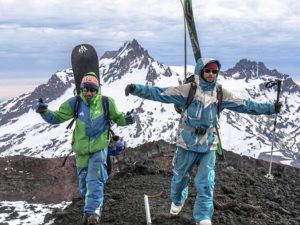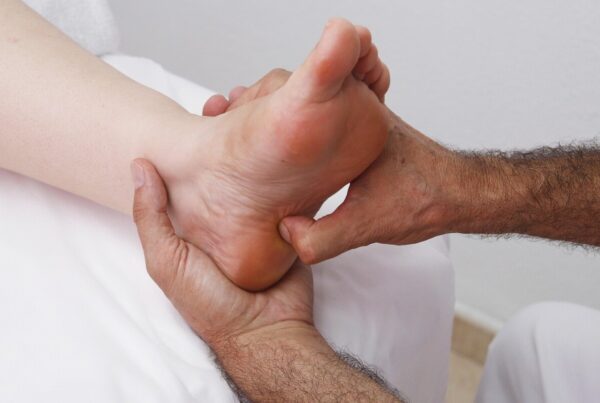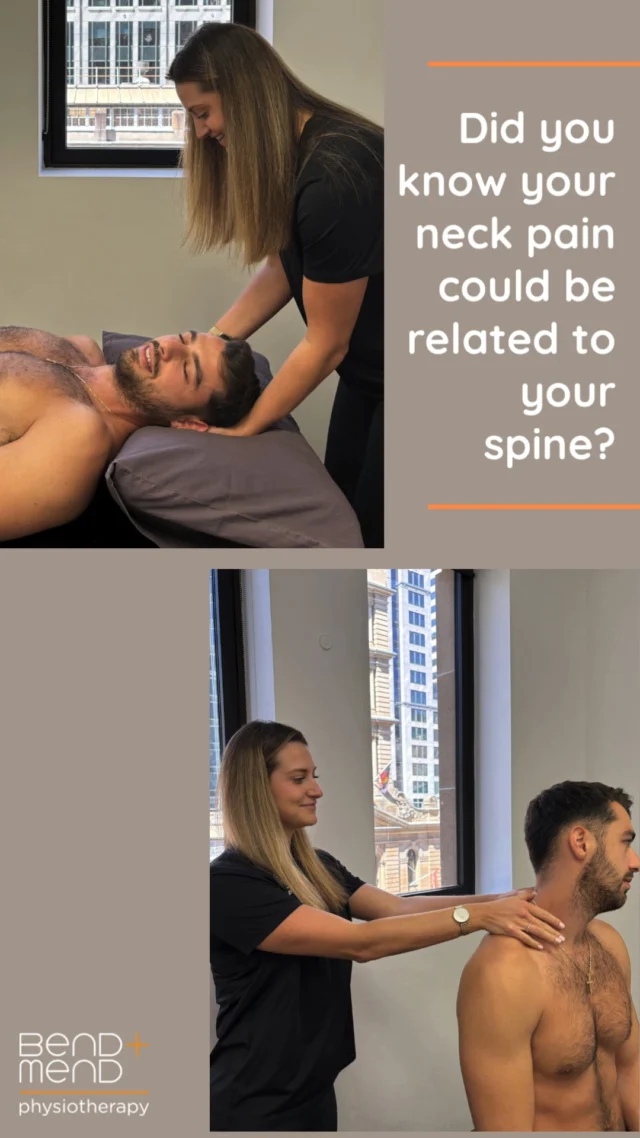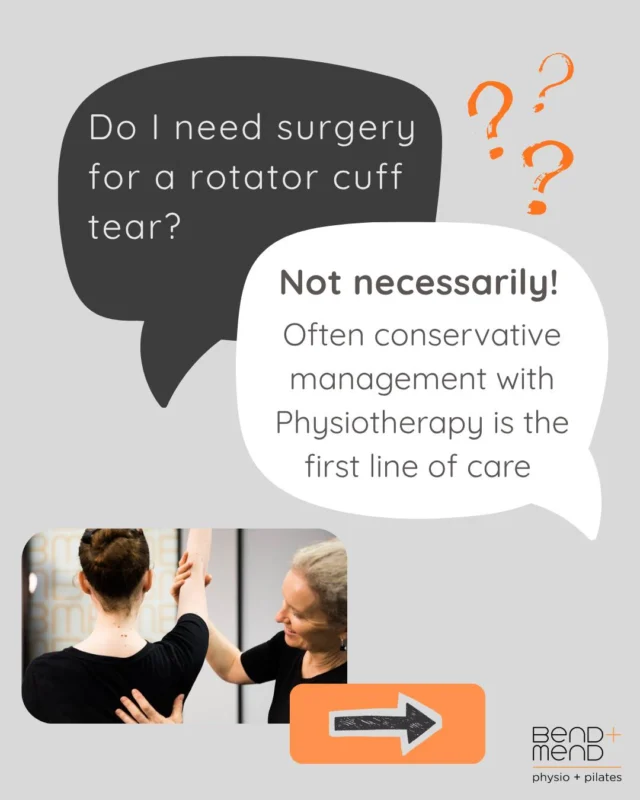 So with this brutal “Arctic Vortex” that has all of Sydney talking and everywhere outside of Australia chuckling in the same way we do when we hear there is a “heatwave” of 30 degrees somewhere else in the world, my inability to get warm has naturally drawn my focus towards the winter season ahead and of course the injuries that will inevitably come with it.
So with this brutal “Arctic Vortex” that has all of Sydney talking and everywhere outside of Australia chuckling in the same way we do when we hear there is a “heatwave” of 30 degrees somewhere else in the world, my inability to get warm has naturally drawn my focus towards the winter season ahead and of course the injuries that will inevitably come with it.
Let’s look into the age old debate (well since 1965 at least) what is better, skiing or snowboarding? When it comes to injuries, the answer is unclear. It is snowboarders that pick up the higher injuries (7 per 1000 vs 3 per 1000 for skiers) however it is skiing that has a higher risk of major injury or death.
Let’s review the main causes of injuries starting with Snow Boarding. Boarders are 50-70% more likely to have an injury but 33% less likely for that injury to be severe or fatal. The main injury with snowboarding is falling heavily onto an extended wrist and breaking the bones of the forearm or a small bone under your thumb called the scaphoid. Other common injuries are shoulder dislocations or ankle sprains.
With skiing it is your knees that are threatened. 45% of all skiing injuries are an injury of either the Anterior Cruciate Ligament or the Medial Collateral Ligament. Other common injuries are the skiers thumb which is caused by an abrupt force during a fall which forces the thumb beyond its usual range of motion (mainly caused by falling with a ski pole in your hand).
In each case most injuries are caused by falls so how do we prevent the unpredictable? Now obviously the main factor preventing falls is skill and experience, as well as choosing runs that are within your capabilities, but Physiotherapy can offer that extra edge. The truth is many injuries occur towards the end of the day when muscle fatigue and poor endurance play a pivotal role. By assessing the essential movement patterns involved in your chosen snow sport, we can ascertain what motor patterns are sub optimal, and work on a pre-rehabilitation program with you getting you ready and maximise your capacity on the slopes. This will make sure you enjoy your holiday get the most from your time at the snow and have less of the second day aches and pains. It will also help to minimise the risk of cutting your holiday short by an unnecessary lapse in muscle coordination that causes a fall and associated injury.
If you have any questions about what you can do now in preparation for a trip to the snow be sure to book in to see one our expereinced Physio’s at Bend + Mend in Sydney’s CBD.





